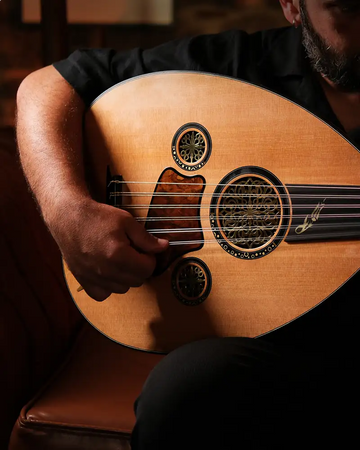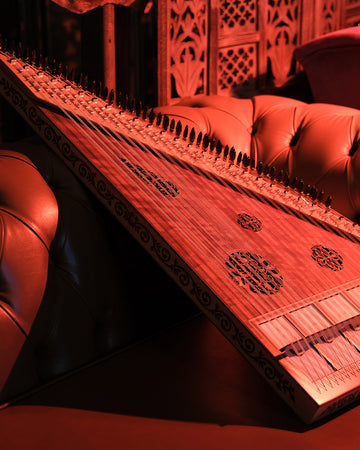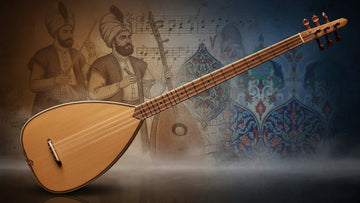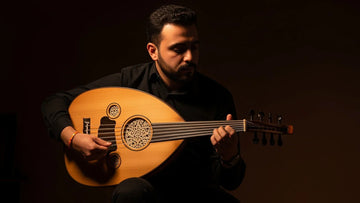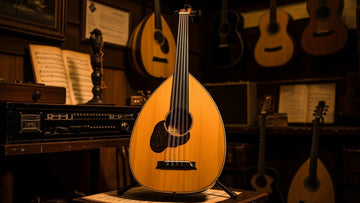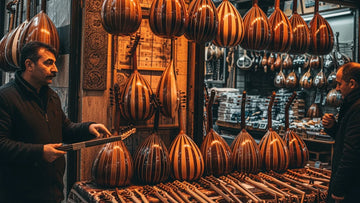Baglama is a heritage that plays a crucial role in the history of Turkish music, maintaining its vibrancy in the present day. Serving as one of the vital elements of Turkish music, baglama has continuously evolved and enriched throughout its history.
Tracing its origins back, we find that baglama held significant importance in the nomadic lifestyle of Central Asia. During migrations, various variations of baglama emerged in different geographies and sizes. With the adoption of Islam by the Turks, baglama found its place in Islamic culture. Especially during the Ottoman Empire era, it played a significant role in palace music and festivities among the public.
In contemporary times, baglama has integrated into modern music, not only representing traditional Turkish music but also embracing various forms worldwide. The culture of baglama, spreading from Central Asia to the Arabian Peninsula, Turkish territories, and all corners of the world, has diversified with different types of baglamas such as cura, divan sazi, bozuk düzen baglama, and açik düzen baglama. These variations reflect different aspects of Turkish music.
Baglama stands as a heritage witnessing the history of Turkish music, cherished by contemporary artists who play it with affection. With every chord and every melody, it continues to carry the deep traces of Turkish culture. This unique instrument is a gem that allows us to understand the past of Turkish music and carry it into the future.
